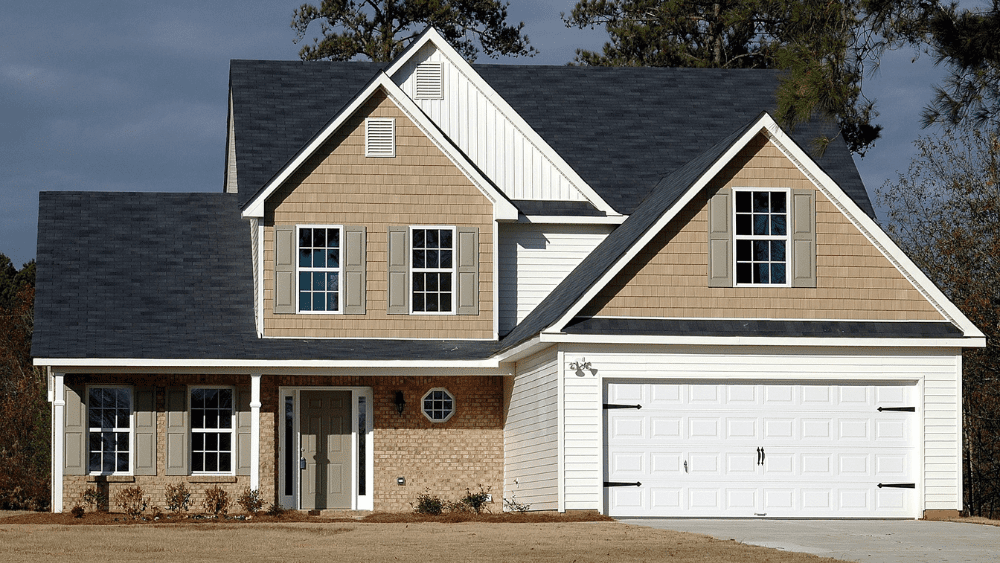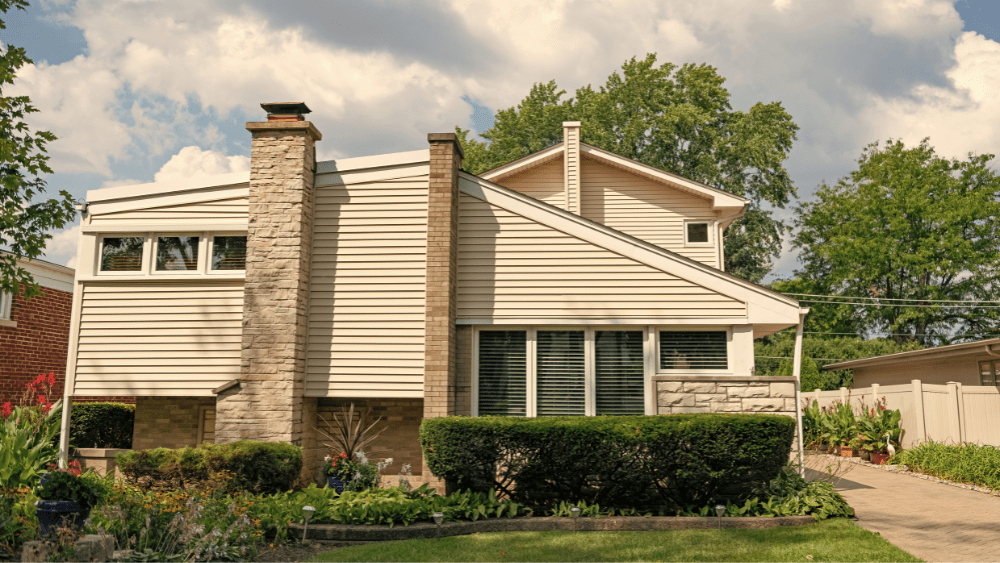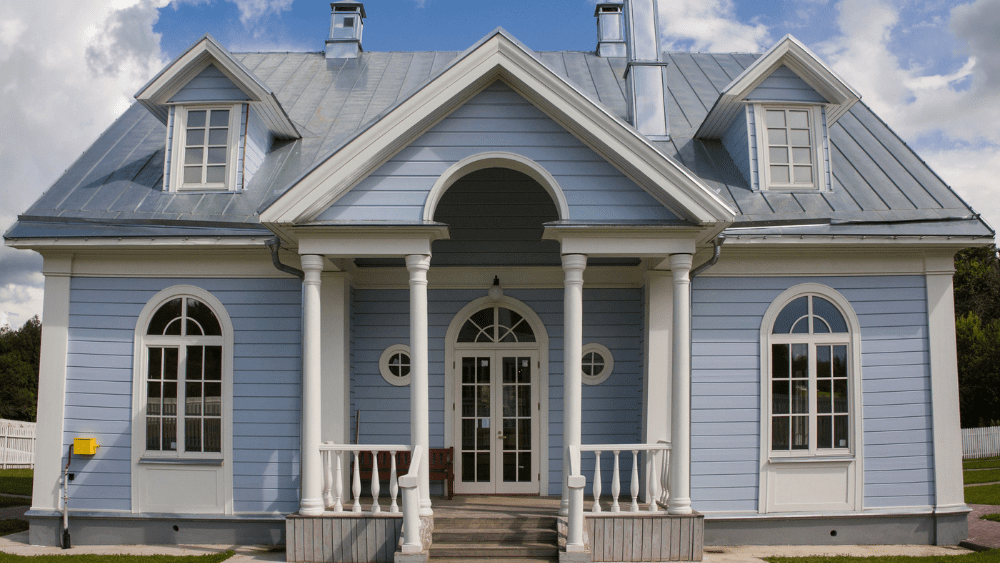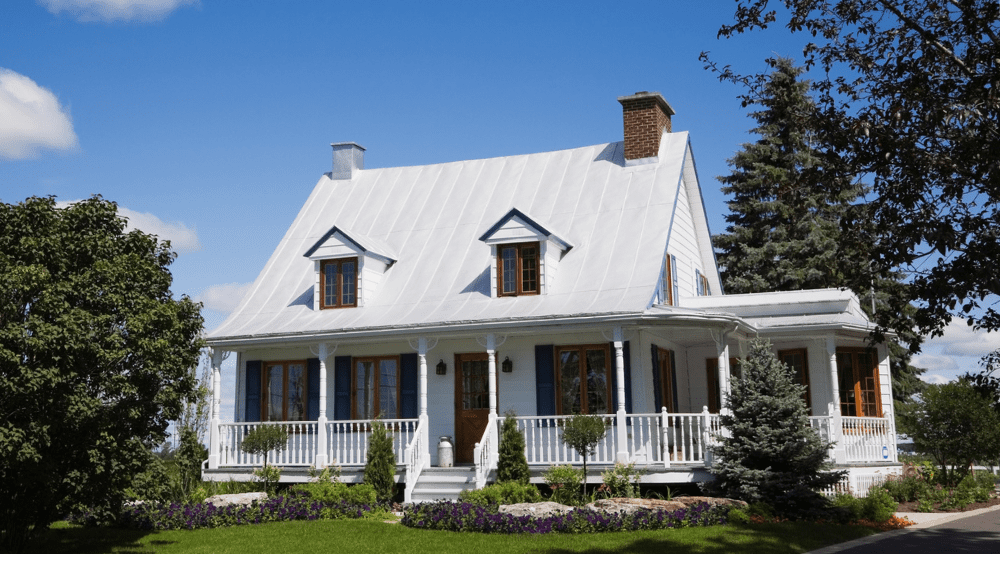
For most homebuyers and refinancing homeowners, the traditional 30-year fixed-rate mortgage is often the default loan option they use to purchase a house. But there are other types of mortgages and term lengths available. A phrase you might hear in real estate lending circles is “10 over 30 mortgage.” But what exactly does choosing a “10 over 30 mortgage” entail, and how can it impact your homebuying plans and financial future? In this post, we’ll decode this somewhat cryptic phrase and show you how it points to mortgage options you may not be aware of, including the 10/1 ARM, and 10/6 ARM, which offer lower interest rates for the first decade of your home loan. The term “10 over 30 mortgage” can refer to two distinct financing strategies for homebuyers. 1. Deciding on a 10-year fixed mortgage over a 30-year fixed mortgage. 2. Deciding on a 10/1 ARM or 10/6 ARM with a fixed rate for the first 10 years over 30 years. In the coming sections, we’ll provide insights into both, but we’ll place our focus on the option of opting for a 10/1 ARM (adjustable rate mortgage) or a 10/6 ARM, where the interest rate is fixed for the first 10 years and then adjusts over the remaining 20 years of the 30-year loan term. While a 30-year fixed-rate mortgage offers stability, a 10/1 ARM or 10/6 ARM might be more appealing due to the potentially lower interest rates in the first decade, presenting unique advantages and considerations. First, a quick review. When it comes to mortgages, there are two primary types to consider: A 30-year fixed-rate mortgage is the standard for home financing, accounting for about 90% of home loans, according to Freddie Mac. It offers the security of a constant interest rate and monthly payments that never change, making it a preferred choice for most homeowners seeking long-term stability. A 10-year fixed-rate mortgage provides a way to pay off your home quickly. With this type of loan, you enjoy the consistency of a fixed interest rate and monthly payments that won’t change for a decade. This option is ideal for those looking to minimize interest payments and become mortgage-free in a shorter time frame. However, this creates the homeowner mind debate of: shorter loan term vs. higher monthly payments. A 10/1 ARM mortgage combines the initial stability of a fixed-rate period with the flexibility of an adjustable rate. For the first 10 years, your interest rate stays the same, offering predictability in your early payments. After this period, the rate adjusts annually based on the market, which can affect your monthly payments for the remaining 20 years of the loan term. At a glance: Your mortgage has a fixed for the first 10 years (120 months) and then adjusts annually for the remaining 20-year term of the loan. Why the name?: The interest rate adjusts every year, represented by the “1” in the name “10/1 ARM.” With a 10/6 ARM mortgage, your loan’s interest rate is fixed for the first 10 years, providing a decade of predictable monthly payments. After this period, the interest rate adjusts every six months for the remaining 20 years, offering a mix of initial stability and later flexibility. This option caters to those willing to take on the risk of fluctuating rates for the potential of lower initial payments. At a glance: Your mortgage has a fixed for the first 10 years (120 months) and then adjusts by-annually for the remaining 20-year term of the loan. Why the name?: The interest rate adjusts every six months, represented by the “6” in the name “10/6 ARM.”What’s the meaning of ‘10 over 30 mortgage’?
Two basic types of mortgage rates
What is a 30-year fixed-rate mortgage?
What is a 10-year fixed-rate mortgage?
What is a 10/1 ARM mortgage?
What is a 10/6 ARM mortgage?



